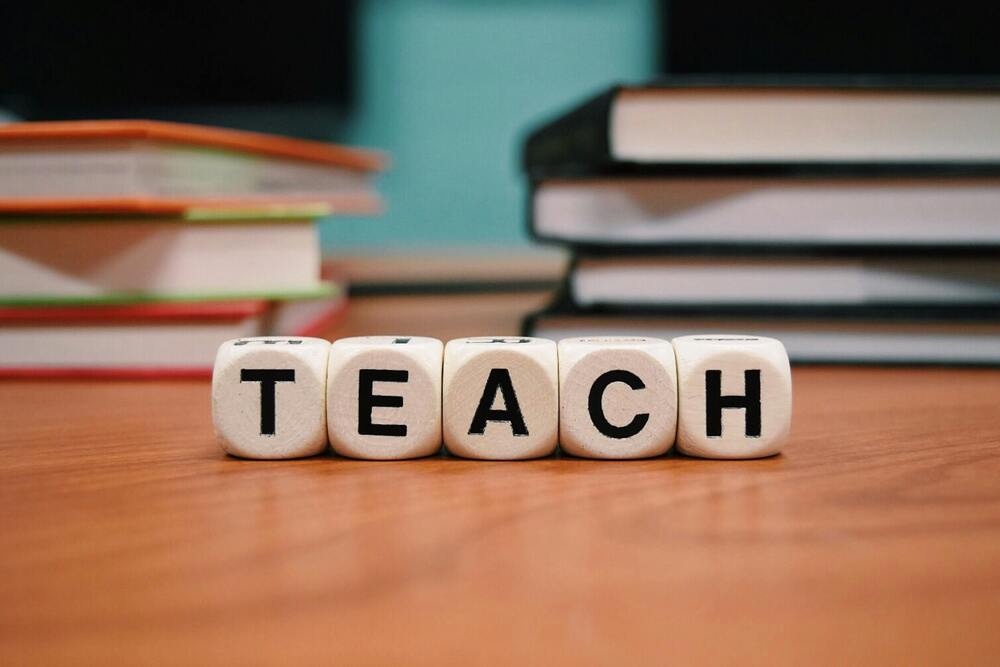In recent years, the concept of gamification has taken the educational world by storm. With the rise of technology and interactive learning, educators are increasingly incorporating game-like elements into their teaching strategies. But does this approach truly enhance learning outcomes? Let’s dive into the statistics, explore the benefits, and examine how gamification is reshaping education. ??

Understanding Gamification
Gamification refers to the application of game-design elements in non-game contexts, such as education. This can include point scoring, leaderboards, and rewards systems. The goal is to engage students more deeply and motivate them to learn. According to a study by the University of Colorado, 70% of students reported feeling more motivated when gamification was used in their courses.
Key Statistics on Gamification in Education
To better understand the impact of gamification, let’s look at some compelling statistics:
| Statistic | Percentage (%) |
|---|---|
| Students who feel more engaged with gamified learning | 85% |
| Educators who believe gamification improves learning outcomes | 78% |
| Students who prefer gamified learning over traditional methods | 65% |
| Increase in retention rates with gamified elements | 34% |
These numbers highlight a significant trend: students and educators alike are recognizing the potential of gamification to enhance the learning experience.
Benefits of Gamification
-
Increased Engagement: Gamification transforms mundane tasks into exciting challenges. By incorporating elements like badges and rewards, students are more likely to participate actively. A survey conducted by Edutopia found that 90% of teachers observed increased student engagement when gamification was implemented.
-
Enhanced Motivation: The competitive nature of games can motivate students to push their limits. A report from The New Media Consortium indicated that 80% of students felt more motivated to learn when they were rewarded for their achievements.
-
Improved Retention: Gamified learning experiences can lead to better retention of information. According to research from The University of Maryland, students who engaged in gamified learning retained 34% more information compared to those who learned through traditional methods.
Gamification Tools in Education
Several tools have emerged to facilitate gamification in the classroom. Here are a few popular ones:
| Tool Name | Description | Emoji |
|---|---|---|
| Kahoot! | A game-based learning platform for quizzes | ? |
| Classcraft | A role-playing game that promotes teamwork | ?️ |
| Quizizz | An interactive quiz platform with game elements | ? |
| Duolingo | A language-learning app that uses gamification | ? |
These tools not only make learning fun but also foster collaboration and healthy competition among students.
Challenges of Gamification
While gamification has many benefits, it’s not without its challenges. Some educators worry that the focus on rewards may undermine intrinsic motivation. Additionally, not all students respond positively to competitive environments. It’s essential to strike a balance between gamified elements and traditional teaching methods to cater to diverse learning styles.
The Future of Gamification in Education
As technology continues to evolve, so will the methods of gamification in education. Virtual reality (VR) and augmented reality (AR) are on the horizon, promising even more immersive learning experiences. For instance, platforms like ClassVR are already integrating VR into classrooms, allowing students to explore historical sites or conduct virtual science experiments. ?
Conclusion
Gamification in education is more than just a trend; it’s a powerful tool that can significantly enhance learning outcomes. With increased engagement, motivation, and retention, it’s clear that incorporating game-like elements into the classroom can lead to a more dynamic and effective learning environment. As we look to the future, the potential for gamification to transform education is limitless.
For more insights on gamification and its impact on education, check out resources from Edutopia and The New Media Consortium. Let’s embrace this innovative approach and make learning an adventure! ?✨



